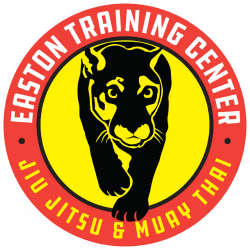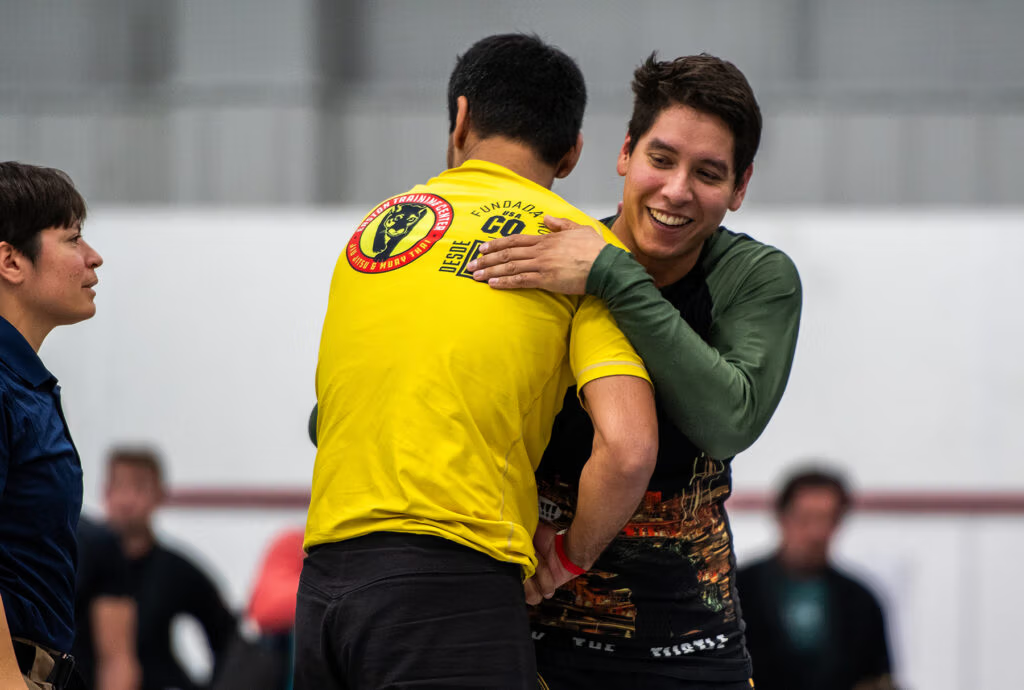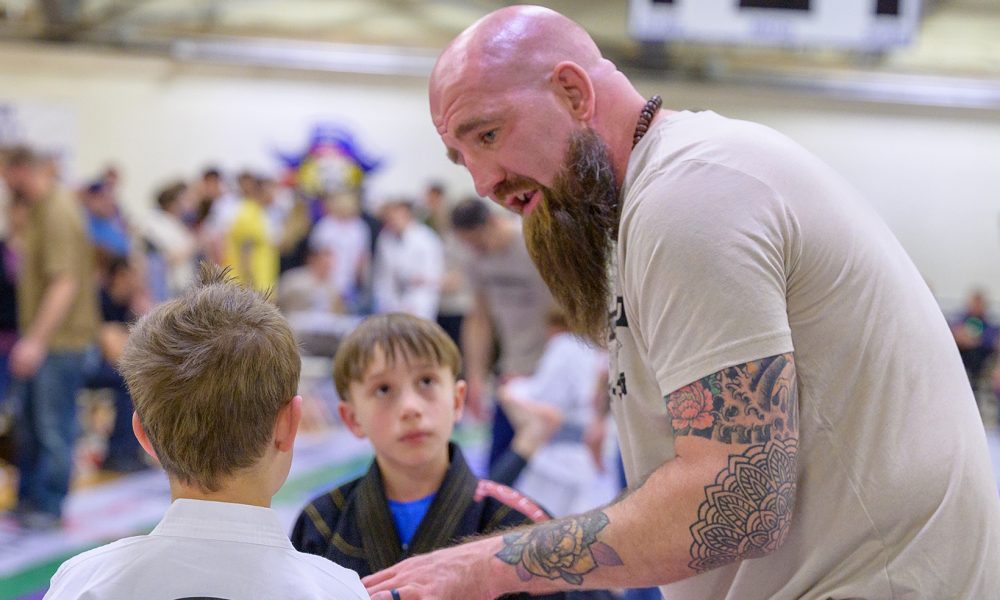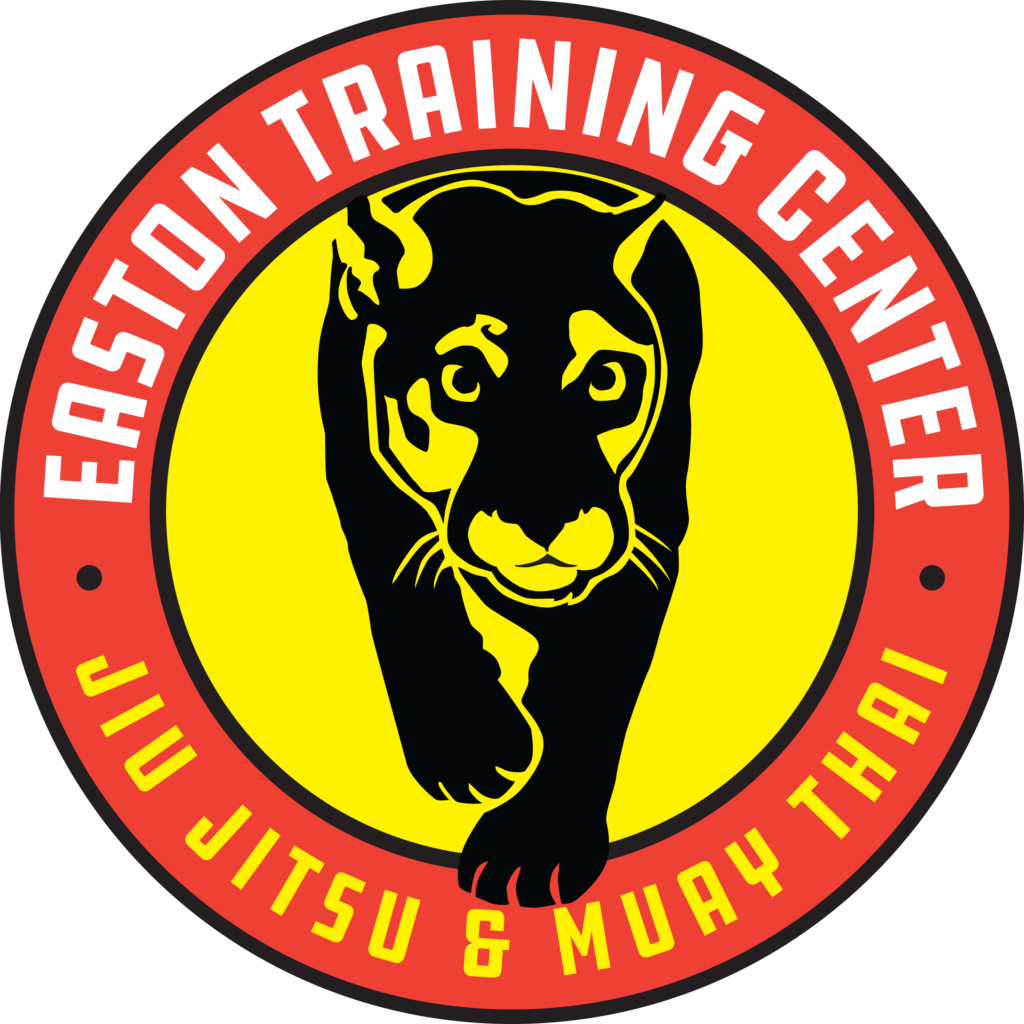We spend a lot of time using our bodies in martial arts and other sports. Whether our fitness goals include going pro, competing or getting a good workout in, we want to make sure we’re taking the proper time to reset our bodies between each training session.
Specific mobilizations and stretches can help prevent a lot of the overuse injuries that result from martial arts, or any sort of grappling sport where your muscles are crunched up or compressed. Engaging with stretching on multiple levels will help you train longer, feel better and avoid injury!
In this article, we will focus on two forms of stretching, dynamic and static, and two key areas to pay attention to in your body while stretching – the hips and thoracic spine, located in the upper and middle part of your back.
Dynamic vs Static Stretching
We should also never start a high impact physical activity totally “cold,” or from at rest. This means that some preliminary movement should precede activity, and this is where stretching often comes in. However, it’s important to note that not all stretching makes a good warmup. In the athletic world, there’s two kinds of stretching: dynamic stretching and static stretching. Let’s break it down.
Dynamic stretching represents a form of stretching that incorporates movement. Walking toe-touches, egg rolls with your chin and knees tucked, and leg swings against a wall all constitute dynamic stretching. These movements create openness in a more gentle way through repetition, allowing you to wake up your muscles and expand flexibility in a charged and useful way.
You’re still stretching, but the movement-based stretches help open your hips and warm up your joints in a dynamic way. Dynamic stretching is the generally-accepted way to warm up in the athletic world.
Walking Toe-Touch
- Walk in a line and reach out with your right hand and touch your left foot as the right foot comes off the ground.
Tuck Roll
- Starting from a seated position, tuck your knees and chin to your chest. Roll onto your back and let momentum roll you back and forth. You can also open your legs into a split each time you come up and do a sit-through reach to the opposite foot.
Leg Swings
- Stand against a wall and, facing it, post one hand on it. Allow your right leg to swing to the left, beneath your posted hand, and as it swings back the other way open your hip so that your knee is facing outward. Repeat this several times, and then do the same on your left side.
Static stretching, the act of holding a pose for an extended timeframe (i.e., two minutes), comes to mind most often when we talk about stretching. This sort of stretching is ideal after a hard workout or a long session of training, allowing your body to sink into recovery mode through breathwork and an engaged stillness.
Matthew J. Smith, Easton Blue Belt and owner of Revo Physiotherapy and Sports Performance, a Boulder-based physical therapy clinic, shares some tips for Jiu Jitsu and Muay Thai post-class stretches.
Matt talks about the importance of stretching the hips and the thoracic spine – two areas which frequently take the brunt of our training. He also gives us four stretches to try; make sure to hold each one for one to two minutes!
Lunge Stretch
- Starting on your knees, come up on one knee, tuck your hips under the torso and push forward. This form puts the stretch on the front of our hip which elevates our joints from the pressure of being crunched up as in many of our daily activities, like training or even sitting at a desk.
Long Lunge Hip Opener
- From the lunge stretch, you can transition into a long lunge hip opener. Leaning forward, both hands coming down to the ground, on the inside of your front foot, pushing your knee out to the side. You should feel the stretch on the underside of your thigh and into the glute. You can also sneak in a thoracic spine twist by lifting the hand furthest from your foot up towards the sky, opening up your chest and hips.
Pigeon Stretch
- Transitioning from the long lunge hip opener, bring your front leg down so that it lays perpendicular to you on the ground. Keep your belly button pulled in, opposite hip drawn down towards the mat, and stay square towards the floor. You should feel a moderate stretch through your hip and glute.
Foam Roller T-Spine Extensions
- Lay a foam roller perpendicular beneath your back right at the base of your shoulder blades, and sink your hips down to the floor. Put your hands behind your head and leverage the back over the foam roller. Try to keep your ribs down, and only extend in the area above them – at the breastplate – to find extension in the upper spine.
To make sure we’re combating all of the intense physical movement of class, we need to take the time to care for our most-used muscles. Stretching after training while our body is still warm helps get the most benefit out of it, since we’ve already increased circulation to those muscles and joints during our workout.
Remember, these stretches are for after class only. While an excellent way to boost your oxygen levels and improve blood flow after a high-impact activity, static stretching is generally not recommended by most trainers before working out.
Static stretching introduces elasticity in your muscle which takes away some of your ability to get your muscles to fire, or be explosive. It can also lead to injury because muscles aren’t meant to start being stretched when they’re in a cold state.
[4 Stretches To Try On Your Next Rest Day]
An exception to this rule is when the entire workout ahead is stretching-based, such as yoga. If you’re going to a Jiu Jitsu or Muay Thai class, however, or even lifting weights or running, you’ll want to do dynamic stretching beforehand.
On top of stretching being important for releasing tightness built up from the day, many athletes stretch before bed to improve the quality of their sleep – an essential part of recovery and muscle growth. The body rejuvenates itself at night while we sleep, making it one of the most effective times for a good stretch to settle in.









